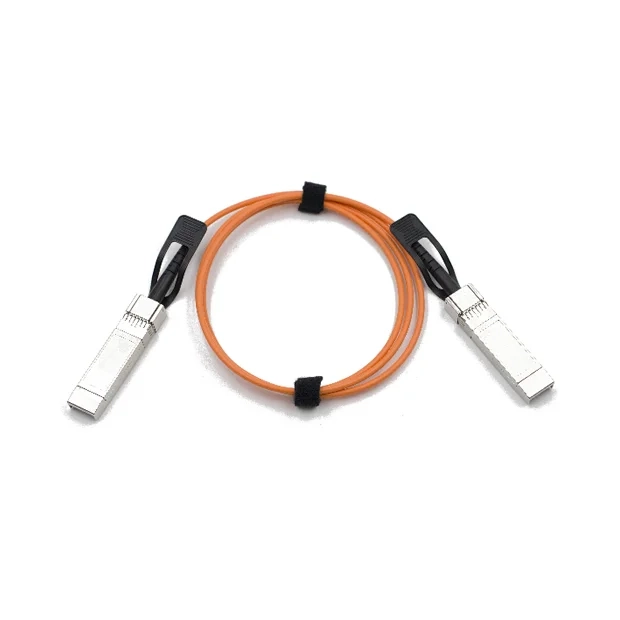Optical modules are an important part of optical communication systems and are used to transmit and receive optical signals. The packaging form and size standards of optical modules have an important impact on the performance and reliability of optical communication systems. This article will introduce the packaging form and size standards of optical modules, including common packaging types, size specifications, and their impact on optical communication systems.
1. Packaging form of optical module
The packaging forms of optical modules usually include plug-in packaging and surface-mount packaging.
Plug-in package
Plug-in packaging is to package the optical module in an independent plug-in and complete the connection by inserting it into the slot of the optical communication equipment. This packaging form has the advantages of high flexibility, easy replacement, and maintenance. Common plug-in packaging types include GBIC, SFP, XFP, QSFP, etc.
Surface mount package
Surface mount packaging is to weld the optical module directly to the PCB board of the optical communication equipment, and complete the connection through the pads and pins. This packaging form has the advantages of small size, low power consumption, and low cost, and is suitable for high-density integration and mass production. Common surface mount packaging types include SFP+, X2, XENPAK, CXP, etc.

2. Size standards of optical modules
The size standards of optical modules mainly include specifications on appearance dimensions, insertion loss, and electrical interfaces.
Dimensions
The overall size standard of the optical module is to ensure that the optical module can match the slot or PCB board of the optical communication equipment to achieve a stable connection. Common dimensions standards include MSA (Multi-Source Agreement) and IEEE (Institute of Electrical and Electronics Engineers).
Insertion loss
Insertion loss refers to the attenuation of optical signals caused by optical modules during the connection process. The insertion loss of optical modules should comply with relevant international standards to ensure the transmission quality of optical communication systems. Common insertion loss standards include GR (Generic Requirements) and TIA (Telecommunications Industry Association).
Electrical Interface
The electrical interface standard of optical modules is to ensure that the optical module can match the electrical interface of optical communication equipment and achieve reliable electrical signal transmission. Common electrical interface standards include SFF (Small Form Factor), SFP MSA, XFP MSA, etc.
3. Impact of packaging form and size standards on optical communication systems
The packaging form and size standards of optical modules have an important impact on the performance and reliability of optical communication systems.
Performance impact
Different packaging forms and size standards will have an impact on performance parameters such as transmission rate, distance limitations, power consumption, and thermal management of optical modules. For example, plug-in packaging is generally suitable for high-speed long-distance transmission, while surface-mount packaging is suitable for high-density integration and short-distance transmission.
reliability impact
The choice of packaging form and size standards will also affect the reliability and stability of the optical module. Appropriate packaging form and size standards can provide good mechanical strength and electrical connection, reducing the risk of plugging damage and poor contact.
The packaging form and size standards of optical modules are important considerations in the design and application of optical communication systems. A reasonable selection of suitable packaging forms and size standards can improve the performance and reliability of optical communication systems and meet the needs of different application scenarios. With the continuous development of optical communication technology, the packaging form and size standards of optical modules will continue to evolve and improve.
How to choose a high-quality optical module manufacturer
Optical Module Installation and Maintenance Guide
The leader in optical module manufacturing: providing you with excellent solutions
Revealing the key factors affecting the transmission speed of optical modules
Performance indicators of optical modules: key parameter analysis and application discussion
Explore optical module transmission distance and rate
Explore different types of optical module interfaces
Optical modules: From origin to future, explore the development history of optoelectronic devices
Optical module: core composition and structural analysis of optical communication system
Optical modules application guide: 7 key considerations to ensure smooth communication
The relationship between optical module power and optical communication performance
Core components of optical modules and their role in optical communication systems
Transmission rate and transmission distance of optical modules
mia
coco.li@fineconn.cn

